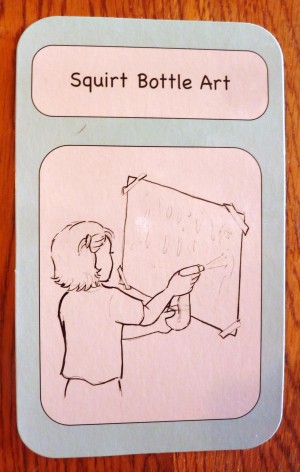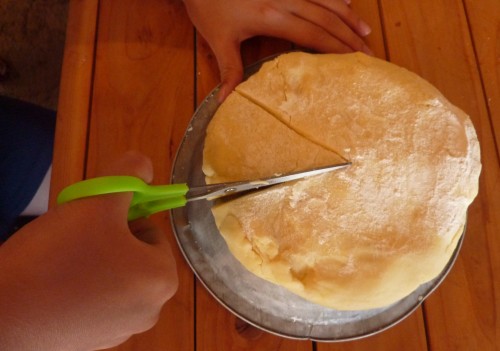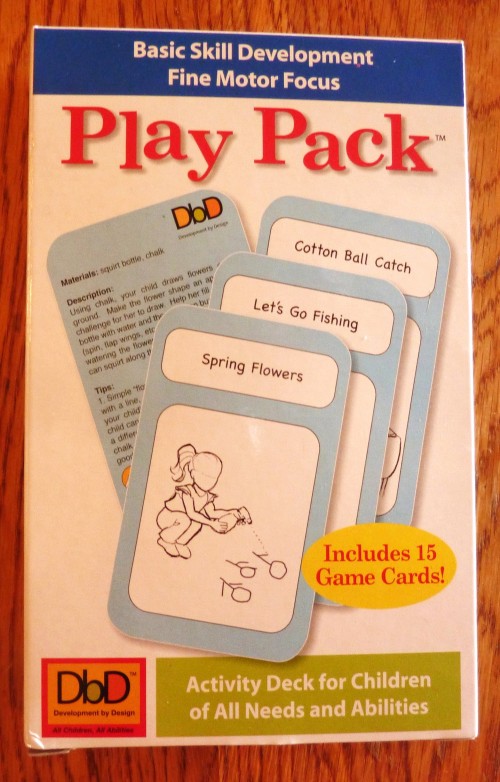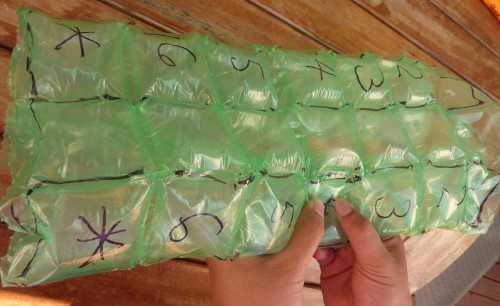Summary: Homeschool middle school resources for doing middle school writing, with 3 different approaches to teach writing to young teens. Note - This post may included affiliate links to products that we love and have used or would use in our own homeschool. Please see my disclosure policy.
At BJ's Homeschool, we kept our interest based focus during the middle school years, too.
This was especially true in our approach to writing. Encouraging written expression is so important, and finding ways that are child or teen-led can make all the difference!
So we followed my daughter's interests, and that led to develop her middle school writing skills, three ways: through story writing, nonfiction writing, and then research report writing in her areas of interest.
And these three approaches may help your middle schooler, too.
So we followed my daughter's interests, and that led to develop her middle school writing skills, three ways: through story writing, nonfiction writing, and then research report writing in her areas of interest.
And these three approaches may help your middle schooler, too.
1. Story Writing
When my daughter was a 7th grader, she was all about story writing. She loved to read and try her hand at mysteries and other stories. Then she began working on a science fiction story at co-op. It was something that she wanted to continue, even after the class ended.
So in 7th grade, I introduced her to the National Novel Writing Month.(NaNoWriMo) And we got their great writing book, No Plot? No Problem. This served as a helpful guide to my daughter, as she worked on story writing. We also connected with their facebook community page, so that my teen could connect with other middle and high school writers.
NaNovWriMo encourages kids and teens to write something every day, and work on a long short story or even a novel. But it doesn't have to be that complicated. Just working on writing every day is a great goal.
My daughter wanted to work on a short story, so we dropped our other homeschool courses and just focused on writing in November. We would just gather up all of our favorite blankets, and write on the couch.
National Novel Writing Month. helped her to track her progress, giving her pep talks and support, and also connected her to others online.
So in 7th grade, I introduced her to the National Novel Writing Month.(NaNoWriMo) And we got their great writing book, No Plot? No Problem. This served as a helpful guide to my daughter, as she worked on story writing. We also connected with their facebook community page, so that my teen could connect with other middle and high school writers.
NaNovWriMo encourages kids and teens to write something every day, and work on a long short story or even a novel. But it doesn't have to be that complicated. Just working on writing every day is a great goal.
My daughter wanted to work on a short story, so we dropped our other homeschool courses and just focused on writing in November. We would just gather up all of our favorite blankets, and write on the couch.
National Novel Writing Month. helped her to track her progress, giving her pep talks and support, and also connected her to others online.
Then, later on, my daughter wanted to write about her field trips with our co-op. For that, she needed to learn more about nonfiction writing.
They encourage kids and adults to write every day during the month of November.
But their site has a bunch of resources for story writing which can be used at any time of the year.

But their site has a bunch of resources for story writing which can be used at any time of the year.

One of these is the Young Novelist's Notebook for Middle Schoolers.
2. A Nonfiction Focus
To learn how to write field trip stories and more, we turned to Spectrum Writing.
My daughter wrote about her favorite field trips, and got one article published in a magazine for kids and teens.
It is not that hard to do. Here is the online magazine she wrote for, Creative Kids. They regularly look for child and teen articles, so send them in if your child requests that.
Then, later, we took on another aspect of nonfiction, that of writing research reports.
3. Research Report Writing
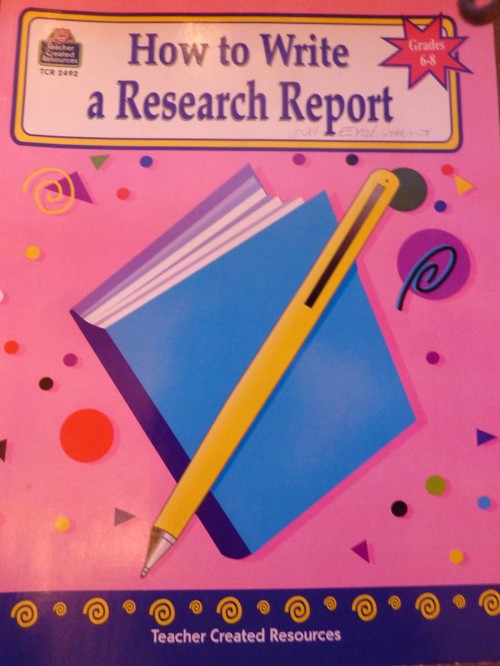
So we searched the shelves of our local bookstore, the Children’s Bookshop (www.childrens-bookshop.com), and found the book How to Write a Research Report.
This book turned the process of report writing into a series of easy steps!
"Sometimes the hardest part of report writing is just getting started. The worksheets in How to Write a Research Report could be much less daunting than staring at a blank page!
When my daughter finished working through this book, she had written her first middle school research report on her favorite topic." Click here to read the rest of my review, if you like.
So that's the three ways we did writing during the middle school years.
What are your favorite resources for middle school writing? Whatever way your teen wants to write.
The important thing is that they are expressing themselves in written language....If you have a little time for a comment, I would love hearing from you!
Thanks for stopping by BJ's Homeschool,
Betsy
.
Betsy is mom to her now college grad, whom she homeschooled through high school. She blogs at BJ's Homeschool, about the early years, highschool,
college, gifted/2e and wrote -Homeschooling High School with College in Mind, 2nd Edition, She offers homeschool help through messages at BJ's Consulting, and has had some of her articles picked up by the Huffington Post.
college, gifted/2e and wrote -Homeschooling High School with College in Mind, 2nd Edition, She offers homeschool help through messages at BJ's Consulting, and has had some of her articles picked up by the Huffington Post.
Want to stay in touch?
Copyright, 2019 All Rights Reserved













